This aircraft follows all the basic AI requirements. It is specially designed for Artificial Intelligence [AI] to simulate air traffic, it is able to land and take off with extreme precision at the main airports in the game, it is also a playable aircraft, you can enjoy air collisions, target shooting or just enjoy of a more realistic air traffic.

MAPA Aviation · 2023
Wiki:
The HFB 320 Hansa Jet is a twin-engine, ten-seat business jet that was designed and produced by German aircraft manufacturer Hamburger Flugzeugbau between 1964 and 1973. The most recognisable and unconventional feature of the aircraft is its forward-swept wing.
The Hansa Jet begun development during the 1960s, the selection of the forward-swept wing can be largely attributed to head engineer Hans Wocke, who had previously worked on the experimental Junkers Ju 287. It possessed a spacious cabin, which was achieved due to its wing design, but was a relatively heavy aircraft, posing some issues during both take-off and landing. On 21 April 1964, the prototype conducted its maiden flight. On 12 May 1965, the first prototype was lost during a test flight, killing Hamburger Flugzeugbau's chief test pilot; several design changes were made to change the Hansa Jet's stall characteristics.
Type certification of the Hansa Jet was received during early 1967 and the first deliveries commenced during the following year. The largest customer of the type was the German Air Force, who tasked it with both training and VIP transport duties. During 1973, it was decided to end production of the Hansa Jet. Reasons for the programme's termination include increased competition from newer executive jets, a decline in the value of the US dollar, and the limited sales of the type. The German Air Force continued to operate their Hansa Jets into the early 1990s. A limited number continued to be used amongst civilian operators into the 21st century.
During the early 1960s, American businessman and inventor Bill Lear successfully launched the Learjet 23 , one of the first light business jets. Several other manufacturers paid heed to this newly-found niche in the global aircraft market, one of these being the German aircraft manufacturer Hamburger Flugzeugbau. At this time, the company was reportedly keen to reassert its authority as a design agency and looking for a suitable commercially viable project in light of limited funding available from the West German government. Having identified the development of its own business jet as a suitable venture, Hamburger Flugzeugbau tasked its design team with producing an innovative small jet aircraft of its own.
The head of Hamburger Flugzeugbau's engineering team, German aeronautical engineer Hans Wocke, had previously designed the Junkers Ju 287, an experimental jet bomber of the Second World War which was the first aircraft to feature forward-swept wings. This experience strongly influenced the decision to adopt a forward-swept wing for the new design, which became known as the HFB 320 or the Hansa Jet, a more spacious cabin could be achieved than that of the Learjet, while remaining just as fast by minimising drag. The aircraft's aerodynamics were shaped by in excess of 2,000 hours of model-based testing performed in various wind tunnels at site such as the Aerodynamische Versuchsanstalt in Göttingen, the Nationaal Lucht- en Ruimtevaartlaboratorium in Amsterdam, and Modane in France.
The selection of the American General Electric CJ610 turbojet engine to power the design was a straightforward choice; at the time, there was no other compact turbojets that had reached quantity manufacture yet. It provided some benefits, such as a relatively high thrust output, but was both noisy and fuel-hungry. Despite this power, the Hansa Jet required a runway length of roughly 5,900 feet, preventing it from using most smaller airports thus limiting its practicality. Possessing a maximum takeoff weight (MTOW) of 20,280-pounds, it was a relatively heavy aircraft compared with several competing business jets, such as the pre-existing Learjet 23 that had motivated the Hansa Jet's development.
While the German manufacturer would construct the majority of the airframe, including the fuselage, engine pods and control system within its own factory, Hamburger Flugzeugbau formed partnerships with multiple other aircraft manufactures, including Spain's CASA, Dutch Fokker and American Lockheed Corporation, which produced several other elements of the airframe abroad at their own facilities. On 18 March 1964, assembly of the first prototype Hansa Jet was completed; its use in a round of ground-based testing commenced immediately thereafter.
Galery:


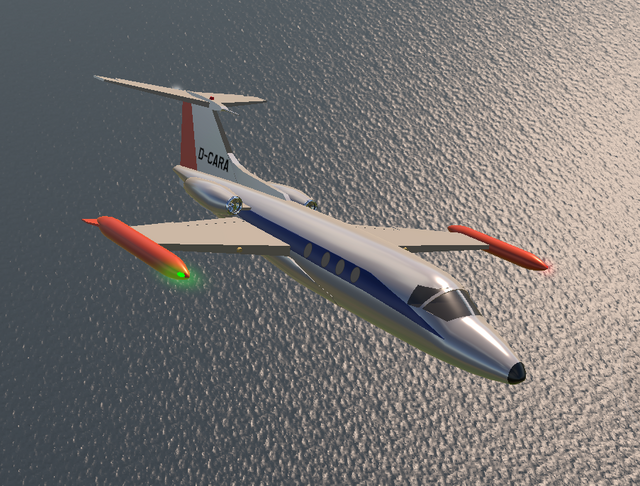
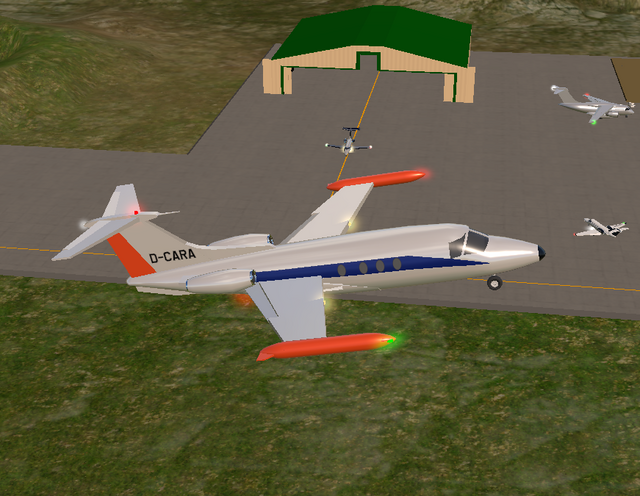
Real Photo

Credit: Airway
Controls: Standard
Thank you for your attention, Enjoy it!
Variants:
Specifications
Spotlights
- WinsWings 2.6 years ago
General Characteristics
- Successors 5 airplane(s) +182 bonus
- Created On Android
- Wingspan 66.0ft (20.1m)
- Length 77.8ft (23.7m)
- Height 22.3ft (6.8m)
- Empty Weight 20,193lbs (9,159kg)
- Loaded Weight 27,092lbs (12,288kg)
Performance
- Power/Weight Ratio 4.976
- Wing Loading 32.7lbs/ft2 (159.7kg/m2)
- Wing Area 828.2ft2 (76.9m2)
- Drag Points 4607
Parts
- Number of Parts 81
- Control Surfaces 7
- Performance Cost 404

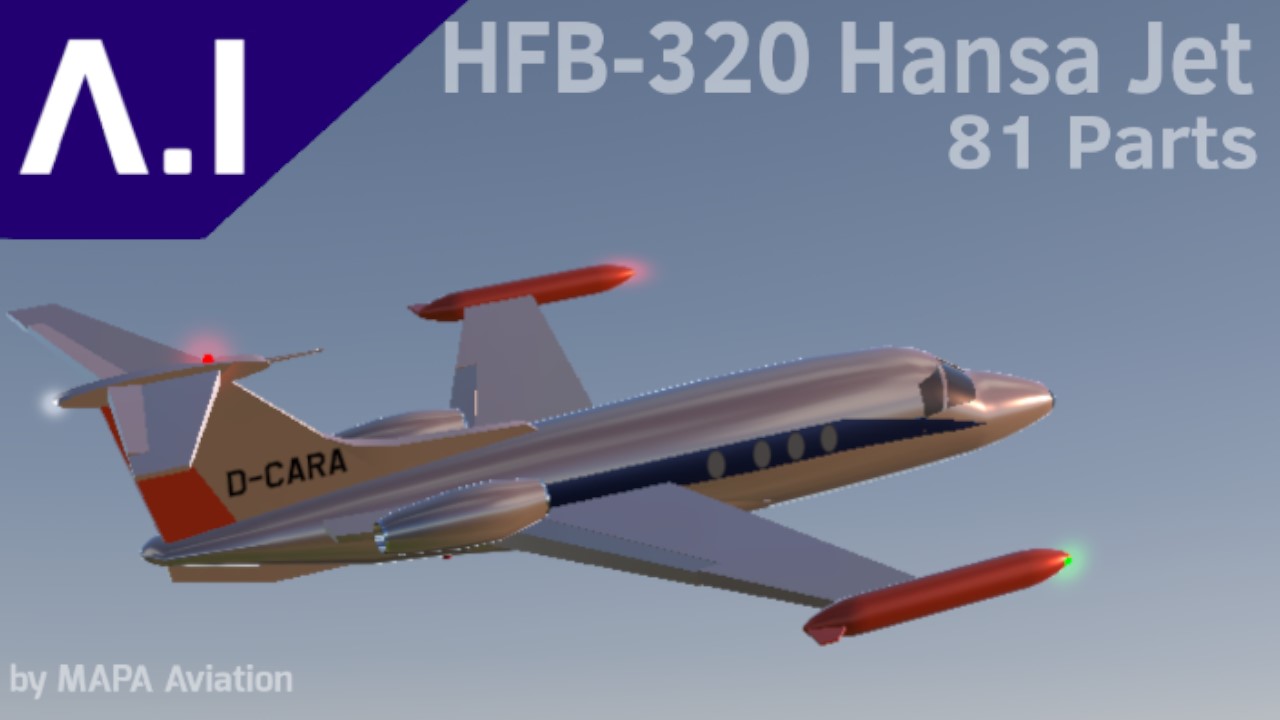
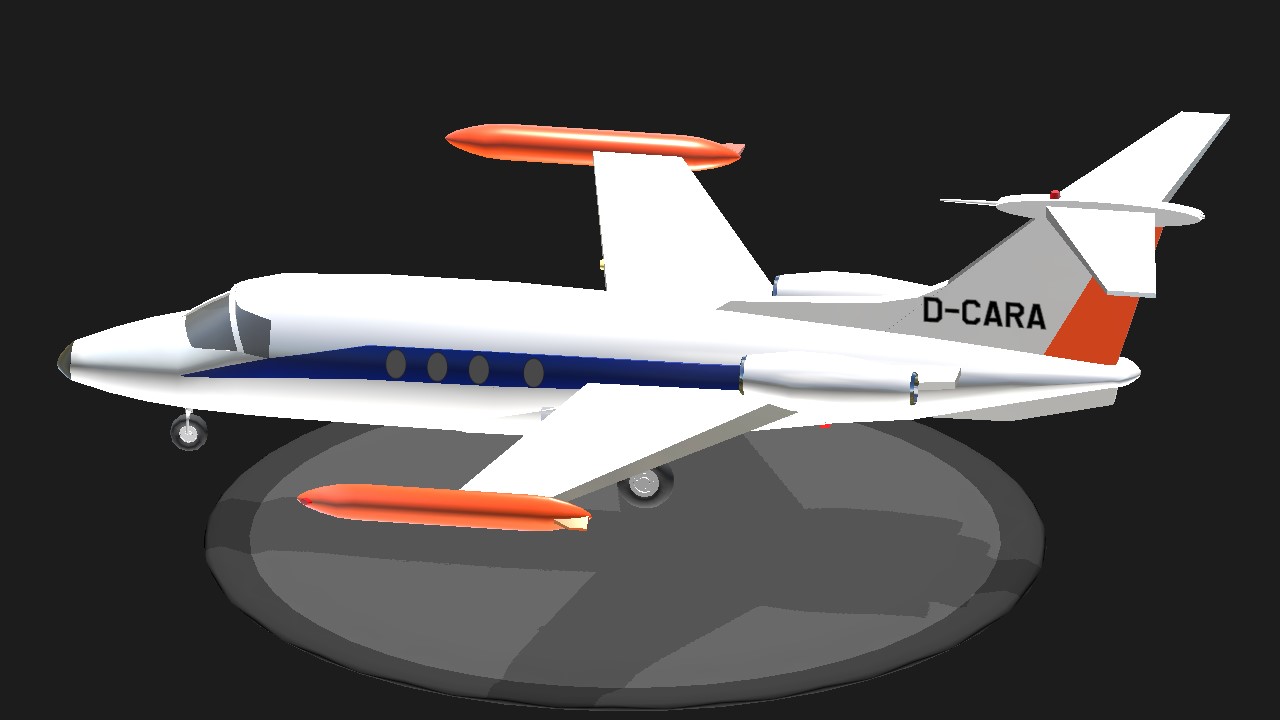


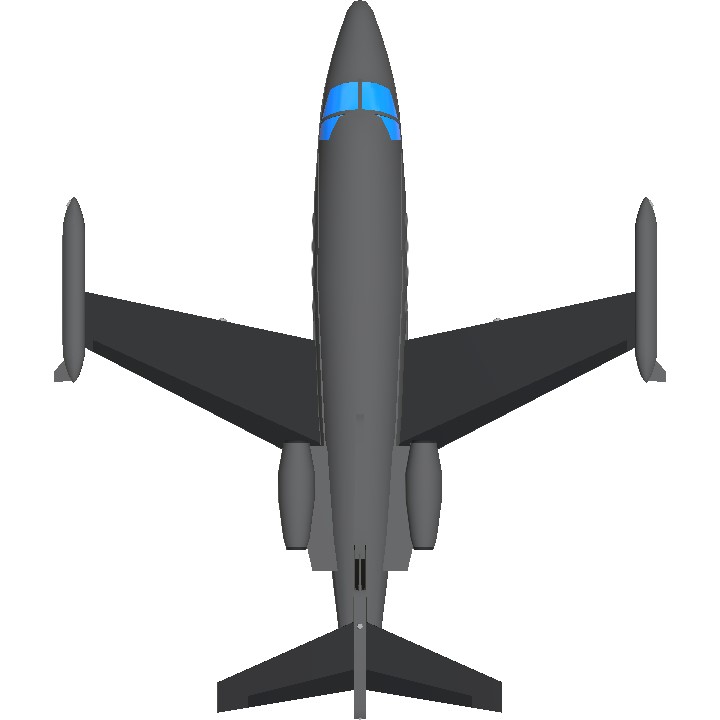
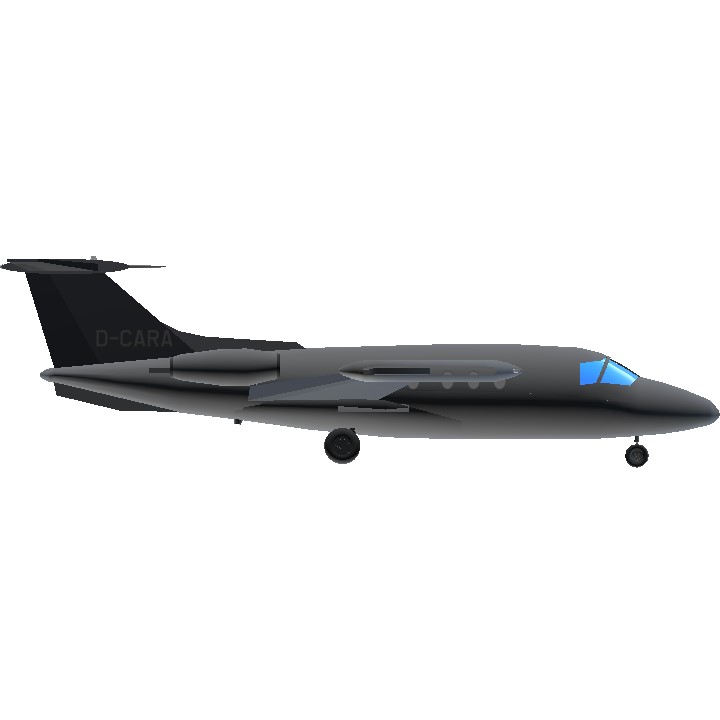
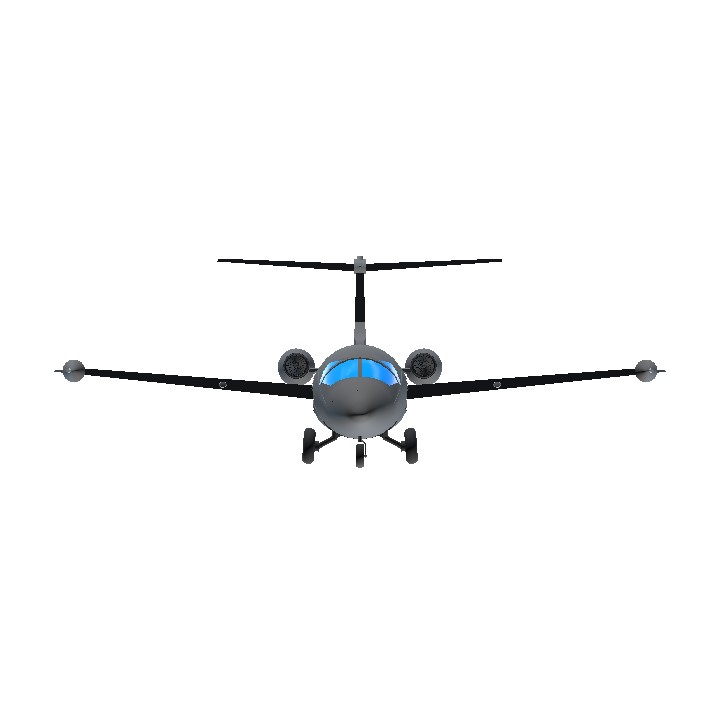
Thank you all so much for the upvotes and comments :D 🍔
b a m h u r g e r
vine_boom.mp3🍔+✈️ = Hansa Jet
Hamburger Flugzeugbau= Hamburg Aircraft Construction
burgerham hamburger ham ham ham bur bur bur ger ger ger hmmmmmmmmmmmmmmmmmmmmmmmmmmmmmmmmmmmmmmmmmmmmm
🍔🗿
HEMBURGER
Whopper ->🍔
@IDNSatyaSlebew @SomeSPGuyWhoLikesLore 🍔
@RepublicOfCursedPlanes My God! with the amount of parts of this engine I can make 14 EMB-110
Hamburg
So what if we were to place this engine on this plane
hamboager
put your hands up!
maybe make glider sometime?
🍔
@MAPA :D
@WinsWings Thank you very much friend
Very nice. Besides, I love to see such rear and forgotten aircraft. Great choice @MAPA
@JP11 Cool! Hamburg ist ein sehr schöner Ort, und danke für die Unterstützung :D
HamBÖRGIR
Sehr gut flugzeug, @MAPA. Ich habe nach Hamburg Gegangen vor 1 jahr :D
borgir
Berger-Wannabe Bois
Lear-Wannabe